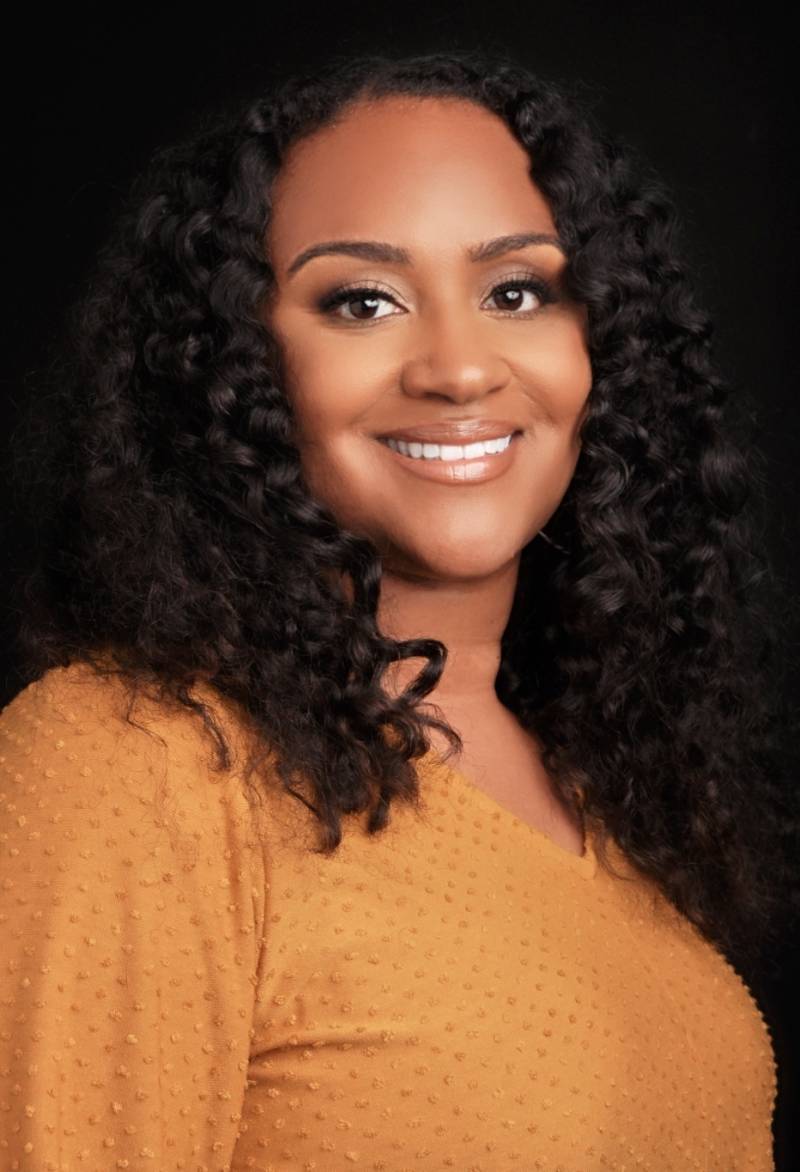I define curriculum as stories and storytelling because of their richness. I am not just referring to traditional literary themes and elements, such as characterization and plot, but the nuances, reflections, meanings, life lessons, and life connections to stories. Curriculum as stories and storytelling helps us to apply skills and standards to daily life. Importantly, artists across time have been creating and teaching through stories. For example, in Stevie Wonder’s 1976 album, Songs in the Key of Life, each track tells a story. When I listen to it, I wonder, What would curriculum in the key of life look and feel like for a child and teacher?
The reason educational leaders police curriculum and create policies around anti-Blackness and anti-critical race theory is because they seek to control stories in the hearts and minds of children. Consequently, as they grow older, those children are likely to teach the same false, incomplete, or harmful narratives to their children. In this way, curriculum is generational. I wonder how those leaders must feel about themselves restraining complete, justice-centered stories in schools. I ask teachers and curriculum developers, Which stories do schools consider worthwhile? What criteria were used to select those stories? How do the stories we teach elevate students’ HILL (histories, identities, literacies, and liberation)?
Curriculum as Legacy and Legacy Building
Curriculum defined as legacy and legacy building means that what we teach and how we teach it must leave an imprint on the lives of our students. It should feel special and enduring. Such curriculum should encourage and enable students to feel, and act toward improving the self and the world. What is being taught and learned should be significant, meaningful, and unique to our communities. Curriculum as legacy and legacy building should leave a stamp on our culture—and lead to a record of our times. Every time I develop a lesson, unit plan, or learning experience, I try to build in the legacies of the ancestors—this is what the five pursuits enable. I ask teachers and curriculum developers: What legacies do you wish to create? What do you want to be known for? What imprints and trajectories do you want to make?
These ways of (re)defining and (re)conceptualizing curriculum are dynamic and push boundaries of imaginings of who our students can become. Curriculum must not only connect to the world, but must also disrupt hurt, harm, and pain in the world. So, it’s important to ask yourself, does my current curriculum:
- implicitly or explicitly contribute to others’ hurt, harm, or pain?
- silence others’ hurt, harm, or pain?
- actively disrupt others’ hurt, harm, or pain, and bring joy?
We must question curriculum and the great impact it can have. Of course, curriculum should always connect to justice, equity, anti-racism, and other anti-oppressions, and the ultimate goal of curriculum should be joy.
 Dr. Gholdy Muhammad is an Associate Professor of Literacy, Language & Culture at the University of Illinois at Chicago. Her scholarship has appeared in leading educational journals and books. Dr. Muhammad was named among the top 2022 education scholars of public influence in Education Week’s “Rick Hess Straight Up” blog rankings. She is the author of the best-selling book, Cultivating Genius: An Equity Framework for Culturally and Historically Responsive Literacy (Scholastic).
Dr. Gholdy Muhammad is an Associate Professor of Literacy, Language & Culture at the University of Illinois at Chicago. Her scholarship has appeared in leading educational journals and books. Dr. Muhammad was named among the top 2022 education scholars of public influence in Education Week’s “Rick Hess Straight Up” blog rankings. She is the author of the best-selling book, Cultivating Genius: An Equity Framework for Culturally and Historically Responsive Literacy (Scholastic).




